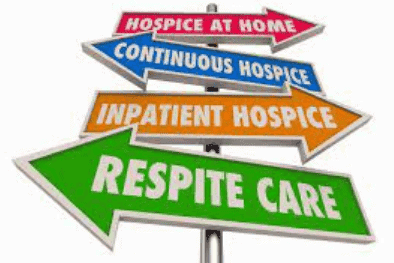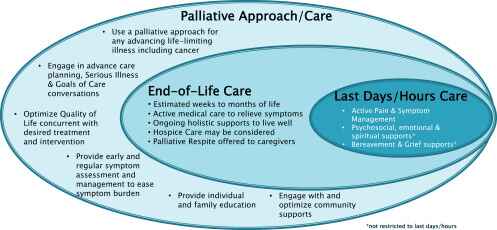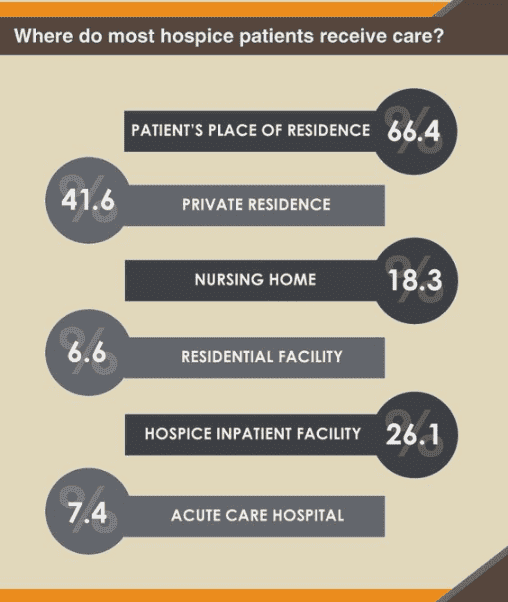Top 30 FAQs About Hospice: Everything You Need to Know
Discover hospice care, eligibility, benefits, provider choice, costs, services, and more. Learn how hospice addresses physical, emotional, spiritual, and social needs and how to prepare for and manage them. Find out about the roles of the hospice team and the primary caregiver and the signs of approaching death. Empower yourself with the knowledge to make informed decisions about compassionate end-of-life care.

Choosing Your Hospice Care: Understanding Patient and Family Rights
An article that guides families through understanding and exercising their rights to choose the best hospice care for their loved ones, ensuring their final chapter is written with compassion and respect.

Hospice Access for Undocumented Immigrants
Welcome to our guide on hospice care for undocumented immigrants. This article is crafted with the utmost empathy to support family members and caregivers as they navigate the complexities of end-of-life care. Our goal is to provide a clear understanding of hospice services and the unique challenges faced by undocumented immigrants during these tender moments.

Understanding Hospice Eval and Treat Orders
In the world of healthcare, when a provider writes an order to “Eval and Treat” for hospice, they are asking for a thorough evaluation and a tailored treatment plan. This is specifically meant for patients who are being considered for hospice care. Let’s delve into what this means and why it’s crucial.
What Does “Eval and Treat” for Hospice Mean?

Optimizing Hospice Respite Care: A Comprehensive Guide for Families
Caring for a loved one who has a terminal illness can be extremely rewarding but also particularly challenging. You may feel exhausted, overwhelmed, or isolated by the demands of caregiving. You may also feel guilty or anxious about taking a break from your loved one. But you deserve time to rest, recharge, and care for yourself. That is why hospice respite care can be a great option for you and your loved one.
Hospice respite care is a service that allows you to temporarily place your loved one in a facility, such as a hospital, nursing home, or hospice house, where they can receive professional care and support. You can use this time to do whatever you need or want, such as sleeping, working, running errands, visiting friends, or enjoying a hobby. Respite care can last up to five days at a time.

Traveling While on Hospice: Making the Most of Precious Moments Together
Discover how hospice patients can safely travel and create lasting memories with loved ones. Learn about essential preparations, medical considerations, and tips for a smooth journey. Explore ways to make the most of precious moments together while ensuring comfort and care during travel.

Navigating Hospice Care in 2024: A Comprehensive Overview
Discover the future of hospice care in 2024. This comprehensive guide explores cutting-edge pain management techniques, telemedicine integration, personalized care plans, and enhanced caregiver support. Learn how hospice services evolve to provide more compassionate and effective end-of-life care for patients and their families.

Understanding Respite Care for Your Terminally Ill Loved One
Caring for a terminally ill loved one is a challenging and emotional journey that requires strength, compassion, and support. As a hospice registered nurse case manager, I understand the importance of caring for patients, family members, and caregivers. In this article, we will explore the concept of respite care. This valuable resource offers rest and rejuvenation to caregivers while their loved ones receive specialized care in a skilled facility.
We will discuss respite care, its importance, Medicare coverage for respite care, the significance of skilled respite facilities, how often respite care can be provided, and tips for making respite care a positive experience for the caregiver and the loved one. Our goal is to empower patients, caregivers, and nurses by providing precise and concise information on this critical aspect of end-of-life care. Remember, you are not alone, and your love and dedication make a significant difference in the life of your terminally ill loved one.

Understanding the Patient’s Question: When Will I Die?
Navigating the tender journey of hospice care, Compassion Crossing offers guidance on addressing the pivotal question of “when?”—a beacon for caregivers seeking solace and understanding in life’s final chapter.

Identifying Patients Who May Benefit from Hospice Care: A Visual Observation Guide for Personal Care Facilities
Identifying when a patient may benefit from hospice care is a critical yet often challenging task. For caregivers, including Certified Nursing Assistants (CNAs) and Medical Technicians (Med Techs), visual observation can be a powerful tool for recognizing signs that suggest a hospice referral might be appropriate.
This guide is tailored to assist caregivers in personal care facilities in identifying these signs through visual observation methods, helping provide compassionate and timely end-of-life care.

A Holistic Approach: Hospice Nursing Assessment vs. Hospital/Nursing Home Assessment
Explore the compassionate approach of hospice nursing assessments, emphasizing patient comfort and dignity over conventional hospital metrics. This article delves into the personalized care that defines hospice evaluations, ensuring a serene transition for patients and families.

Understanding the Role of a Hospice Volunteer Coordinator
Hospice volunteer coordinators ensure hospice patients receive the compassionate care and support they need during their end-of-life journey. In this article, we will explore the responsibilities of a hospice volunteer coordinator, address common misconceptions about hospice volunteers, and share insights from Hope Eberly, Volunteer Coordinator for Grane Hospice.

Considering Home Hospice vs. Hospice at a Facility: Making an Informed Decision
Deciding on end-of-life care for a loved one is challenging and emotional. One major decision to make is whether to opt for home hospice or hospice care at a facility. Both options have advantages and drawbacks, and understanding the pros and cons can help families make an informed choice. Here, we’ll explore the pros and cons of each option and provide key questions that families should ask themselves to aid in their decision-making process.

The Hospice Liaison: A Key Role in Hospice Care
This position involves being the first point of contact for families, patients, and facilities, making a lasting impression by offering both compassion and confidence in explaining hospice services. In this discussion, we will delve into the various aspects of the role of the Hospice Liaison, bringing insight from forever Christmas-loving Kathy Naccarato, including its dynamic nature, your dedication to dispelling misconceptions, and the importance of building relationships within the healthcare community.

Dispelling Myths About Hospice Care
Hospice care is often misunderstood and shrouded in myths that can prevent individuals and families from accessing the compassionate support they need during a challenging time. This article will address common misconceptions about hospice care and provide you with the facts. We aim to empower you with accurate information to make informed decisions when considering hospice for yourself or a loved one.

The Hospice Chaplain
In this article, we will explore the vital role of a hospice chaplain, as explained by Katherine Seiler, an experienced and compassionate hospice chaplain. Hospice chaplains play a significant role in providing emotional, social, and spiritual support to terminally ill patients and their families during their end-of-life journey.

